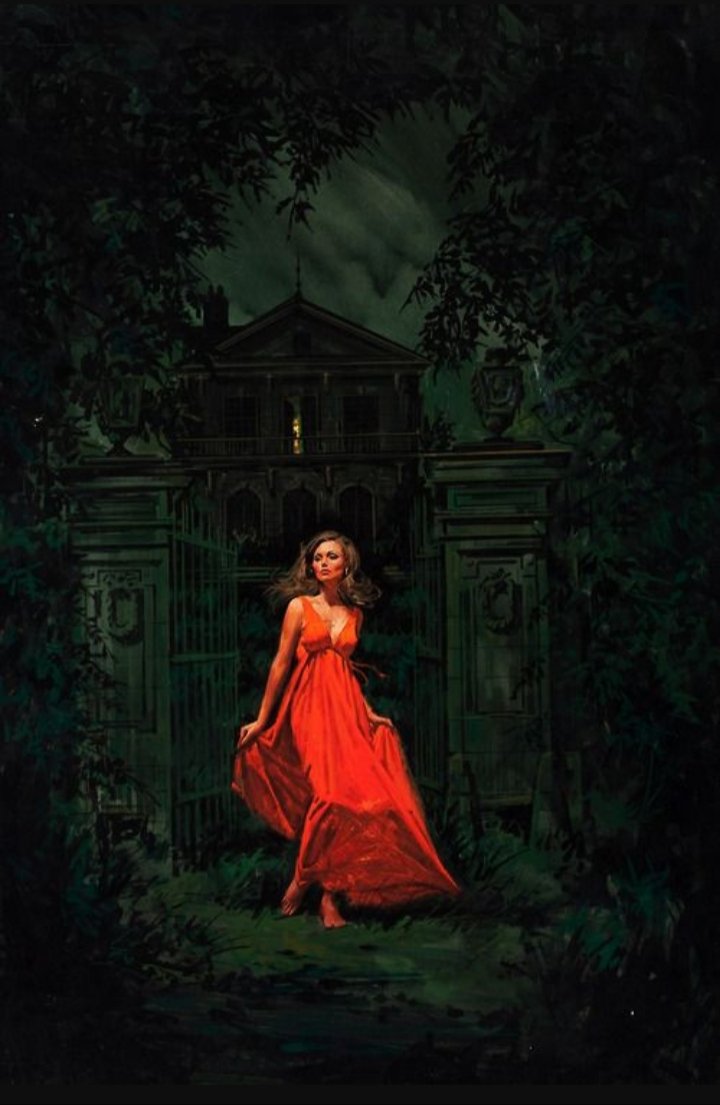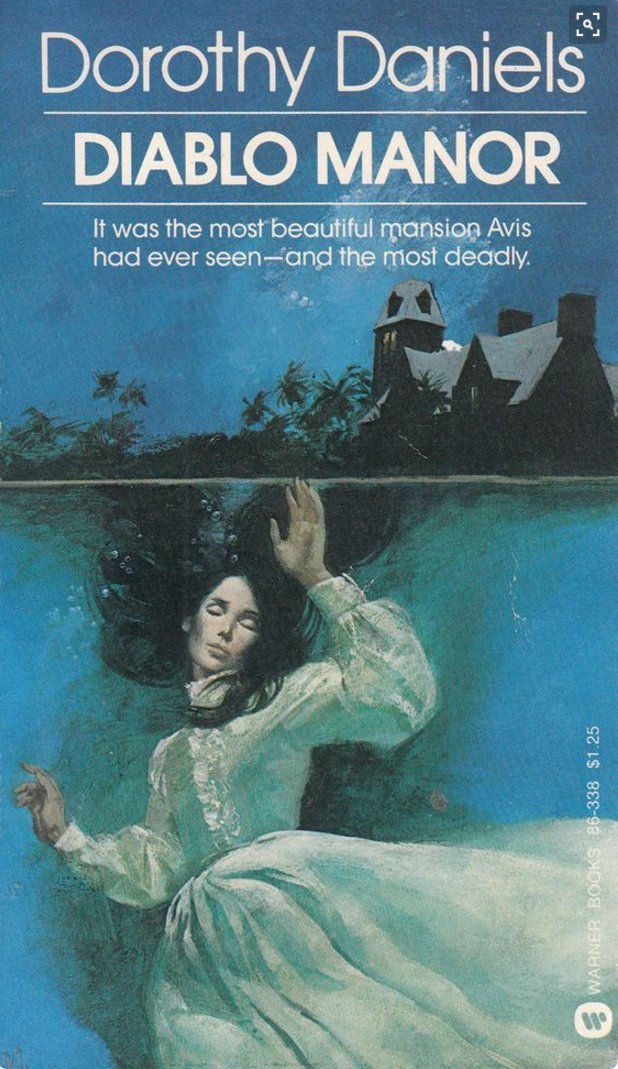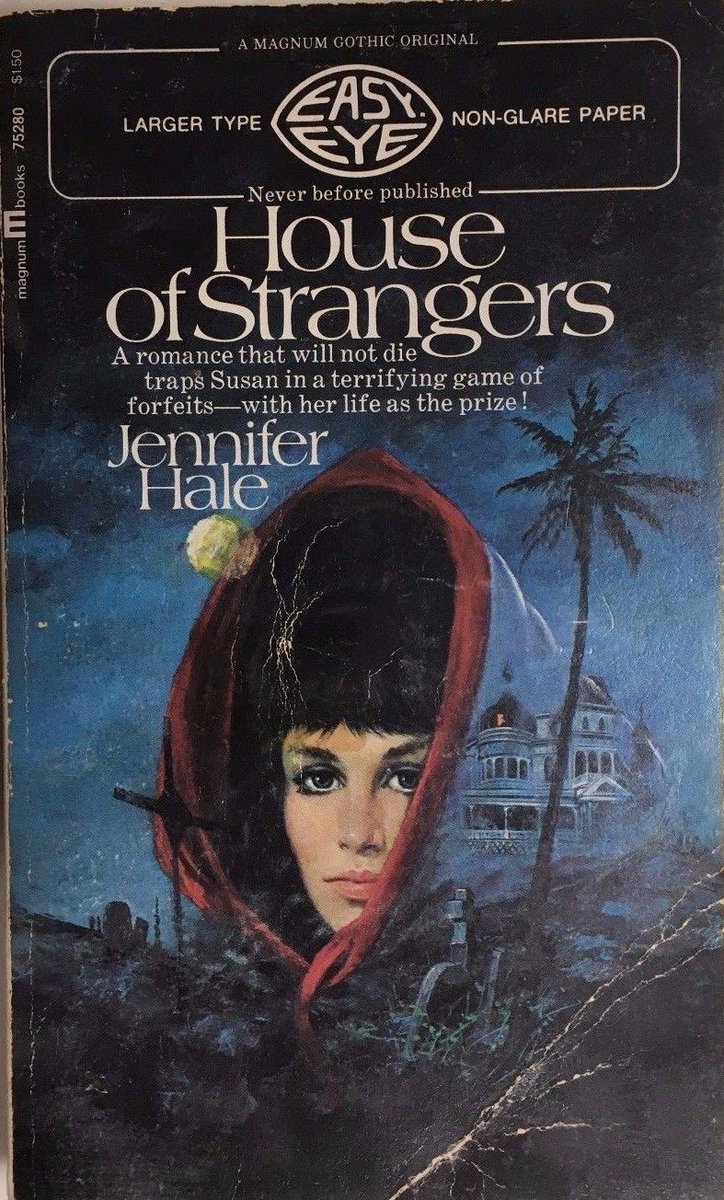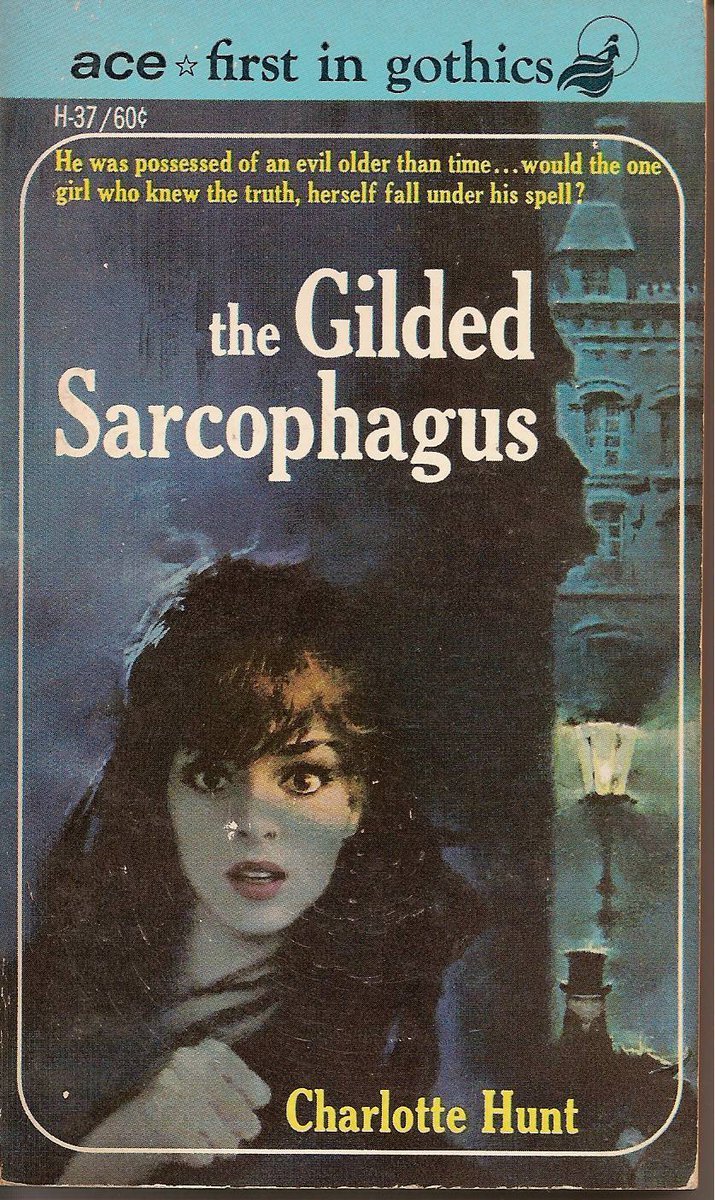> I think I'm quiet, calm, and kind of introverted. But when I'm with the members, I really like teasing and messing around, and I think I enjoy talking with people too.
Idol Olympic - "Meeting Park Chaewon: An introverted, quiet child makes it all the way to the Billboard Chart"
Interview recorded Jan 28
#LOONA
https://t.co/znmOWpEsAT

> I think I'm quiet, calm, and kind of introverted. But when I'm with the members, I really like teasing and messing around, and I think I enjoy talking with people too.
>We've been on the charts for 3 weeks straight now, and we've made it to the top 40. So I'm really moved by that.
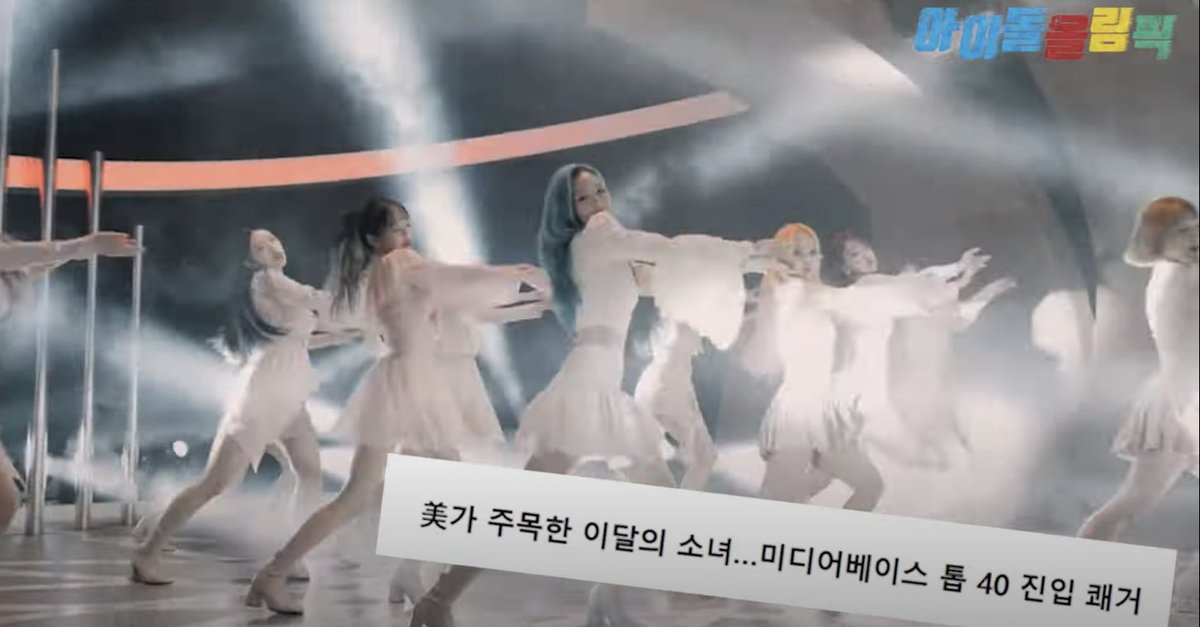
>What's so unbelievable about this is that the sunbaenims you mentioned are such accomplished people, so our name coming after theirs, I think like, "is this a lie?" It really doesn't feel real.
>Yes. With the members, we found out while we were just eating at our dorm. So we were like "huh?"
So when we ask the company staff, "did we really make it on the charts??"
They say "you really did it!!"
So when they congratulate us too, that's when it feels a little more real. And we're just so thankful.
>When I was young, I was really shy around strangers. I was really bashful. I had a hard time speaking out, I was just a quiet child, I think.
>While watching idols, I'd enjoy dancing/singing, but in secret, alone. But in front of people, should I say I was still embarrassed to? It was that kind of feeling.
Interviewer: Like, "I'd like to be on the shining stage too"
Go Won: yes, yes.
>We did a showcase too, and when we did our concert, we did it at the same venue that Oh My Girl did theirs at. I had only watched from the seats before, but being onstage singing and dancing at that spot, I choked up a bit, I think.
>I started going to singing and dancing lessons, and the academies would offer chances to go to auditions. I attended those auditions.
Interviewer: One&Only.
Go Won: Yes, One&Only.
Interviewer: You must've had some uncertainties in debuting so quickly though, things moved so fast.
And while dancing I had to wear a dress and dress shoes/heels, and I found that I couldn't.
Go Won: Yes, internally I was strongly thinking, "Oh I want to do this and that and show them something good," but it was so awkward, so none of that came out on the outside.
>I first thought that I needed to raise my confidence. Even for dancing, I thought that I was not good enough, so I asked the members too. Yves told me that at first she really wasn't sure about me early on.
Interviewer: your favorite performance as LOONA?
Go Won: Butterfly - I have a part where I'm lifted in the air, you see.
Now they raise me up easily, but at first I was so scared, my legs trembled so much as I was lifted.
>Doing concerts, or doing the fanmeetings? In those moments I really feel like I'm directly interacting with the fans. During rehearsal I'd wonder "why am I so tired today?" but when I see the fans, energy just comes out of nowhere.
>Having comebacks more often in the future, and getting a music show win again.. 😁
So that when people ask "do you know LOONA?" others say "Yeah I do know LOONA" - I'd like for us to make the group more well known
Final words?
>I'm a much better person than you might think! 😁 I seem quiet and stuff, but I'm good in conversations and like talking. Let's try getting to know each other 😁
More from Culture
You May Also Like
1/“What would need to be true for you to….X”
Why is this the most powerful question you can ask when attempting to reach an agreement with another human being or organization?
A thread, co-written by @deanmbrody:
2/ First, “X” could be lots of things. Examples: What would need to be true for you to
- “Feel it's in our best interest for me to be CMO"
- “Feel that we’re in a good place as a company”
- “Feel that we’re on the same page”
- “Feel that we both got what we wanted from this deal
3/ Normally, we aren’t that direct. Example from startup/VC land:
Founders leave VC meetings thinking that every VC will invest, but they rarely do.
Worse over, the founders don’t know what they need to do in order to be fundable.
4/ So why should you ask the magic Q?
To get clarity.
You want to know where you stand, and what it takes to get what you want in a way that also gets them what they want.
It also holds them (mentally) accountable once the thing they need becomes true.
5/ Staying in the context of soliciting investors, the question is “what would need to be true for you to want to invest (or partner with us on this journey, etc)?”
Multiple responses to this question are likely to deliver a positive result.
Why is this the most powerful question you can ask when attempting to reach an agreement with another human being or organization?
A thread, co-written by @deanmbrody:
Next level tactic when closing a sale, candidate, or investment:
— Erik Torenberg (@eriktorenberg) February 27, 2018
Ask: \u201cWhat needs to be true for you to be all in?\u201d
You'll usually get an explicit answer that you might not get otherwise. It also holds them accountable once the thing they need becomes true.
2/ First, “X” could be lots of things. Examples: What would need to be true for you to
- “Feel it's in our best interest for me to be CMO"
- “Feel that we’re in a good place as a company”
- “Feel that we’re on the same page”
- “Feel that we both got what we wanted from this deal
3/ Normally, we aren’t that direct. Example from startup/VC land:
Founders leave VC meetings thinking that every VC will invest, but they rarely do.
Worse over, the founders don’t know what they need to do in order to be fundable.
4/ So why should you ask the magic Q?
To get clarity.
You want to know where you stand, and what it takes to get what you want in a way that also gets them what they want.
It also holds them (mentally) accountable once the thing they need becomes true.
5/ Staying in the context of soliciting investors, the question is “what would need to be true for you to want to invest (or partner with us on this journey, etc)?”
Multiple responses to this question are likely to deliver a positive result.






